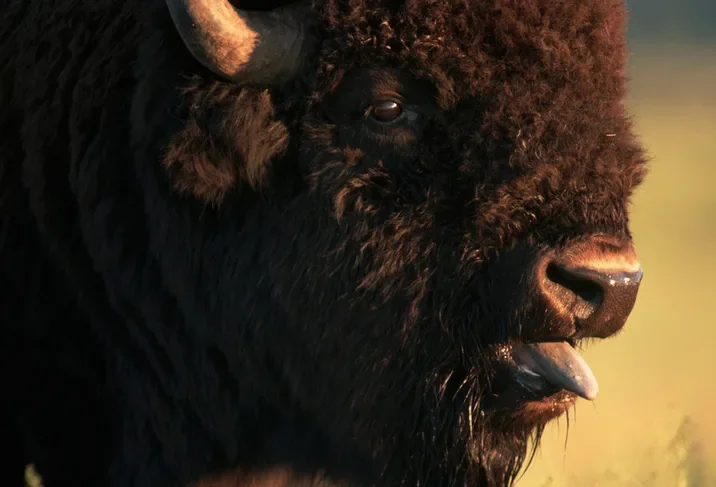
The Remarkable Comeback of the American Bison: A Symbol of Resilience
The American bison, once teetering on the brink of extinction, is now making a powerful resurgence across the iconic grasslands of Yellowstone National Park. This monumental recovery is not just an environmental success story but a vital reminder of the interconnectedness of wildlife and the ecosystem.
With an astonishing history that saw populations plummet from about 30 million to near extinction by 1900, the bison's journey is a tale of resilience. The mass slaughter by European settlers and the habitat destruction led to a near demise of these magnificent creatures. Yet, the establishment of conservation efforts, such as the American Bison Society, played a crucial role in nurturing their rebirth.
In 2016, the American bison was acknowledged as the country’s official national mammal, a designation that reflects its significant role in the history and culture of North America. As President Barack Obama signed the National Bison Legacy Act, he emphasized the importance of preserving this symbol of American heritage as it continues to thrive.

Bison, characterized by their distinctive hump and sharp horns, are crucial to their native ecosystems. They help maintain grassland health by grazing and fertilizing the soil with their droppings. This mutualistic relationship ensures that other species, including plants and smaller animals, thrive alongside them.
A significant aspect of bison behavior is their social structure. Herds are organized by age and sex, with females and calves typically staying together, while older bulls often lead more solitary lives. This social dynamic, infused with intricate mating rituals, showcases the complex social systems that exist within this noble species.
Moreover, their annual birthing season aligns with the availability of resources, enhancing calf survival rates. With more than 80% of calves born between April and May, young bison, with their characteristic orange-tan coats, can often be spotted frolicking in the lush grasslands. These calves, able to stand mere minutes after birth, highlight the vitality and adaptability of the species.
Today, bison can be witnessed at various wildlife parks, with Yellowstone serving as a prime location for bison viewing. This national park is home to approximately 5,000 free-roaming bison, providing a captivating glimpse into their natural behavior. The sight of these majestic animals against the rugged backdrop of the park serves as a beautiful reminder of the importance of conservation and biodiversity.
As we ponder the successes and challenges of bison conservation, one must question: What can we learn from the bison's story to better protect other endangered species? The American bison's journey urges us to advocate for the enduring bonds of nature and to reflect on our role in preserving it. Share your thoughts in the comments below—how can we continue to support wildlife recovery efforts in our communities?